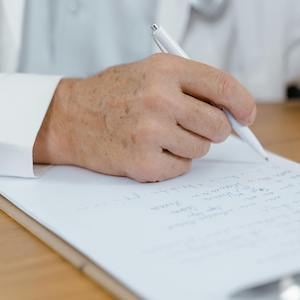Anti-N-methyl-d-aspartate receptor encephalitis: mimicker of lupus and multiple sclerosis

All claims expressed in this article are solely those of the authors and do not necessarily represent those of their affiliated organizations, or those of the publisher, the editors and the reviewers. Any product that may be evaluated in this article or claim that may be made by its manufacturer is not guaranteed or endorsed by the publisher.
Accepted: 1 October 2023
Authors
Anti-N-methyl-d-aspartate receptor encephalitis (NMDARE) is a B-cell-mediated autoimmune encephalitis with wide non-specific symptoms like acute-onset psychiatric or neurological ones mimicking various other conditions. A careful history and appropriate workup, including cerebrospinal fluid analysis for anti-NMDAR antibodies, imaging, and electroencephalogram, should be conducted, considering all differential diagnoses that can mimic its presentation. Combination therapy with high-dose steroids, plasma exchange, or immunoglobulin therapy has been shown to be more efficacious. In patients who fail first-line therapy, rituximab or cyclophosphamide should be considered. It is essential to rule out ovarian teratoma or other occult malignancies that can cause NMDARE, as removal of the tumor itself resolves this condition. Timely diagnosis and early intervention are necessary to avoid an untoward outcome.
Supporting Agencies
NONEHow to Cite

This work is licensed under a Creative Commons Attribution-NonCommercial 4.0 International License.











